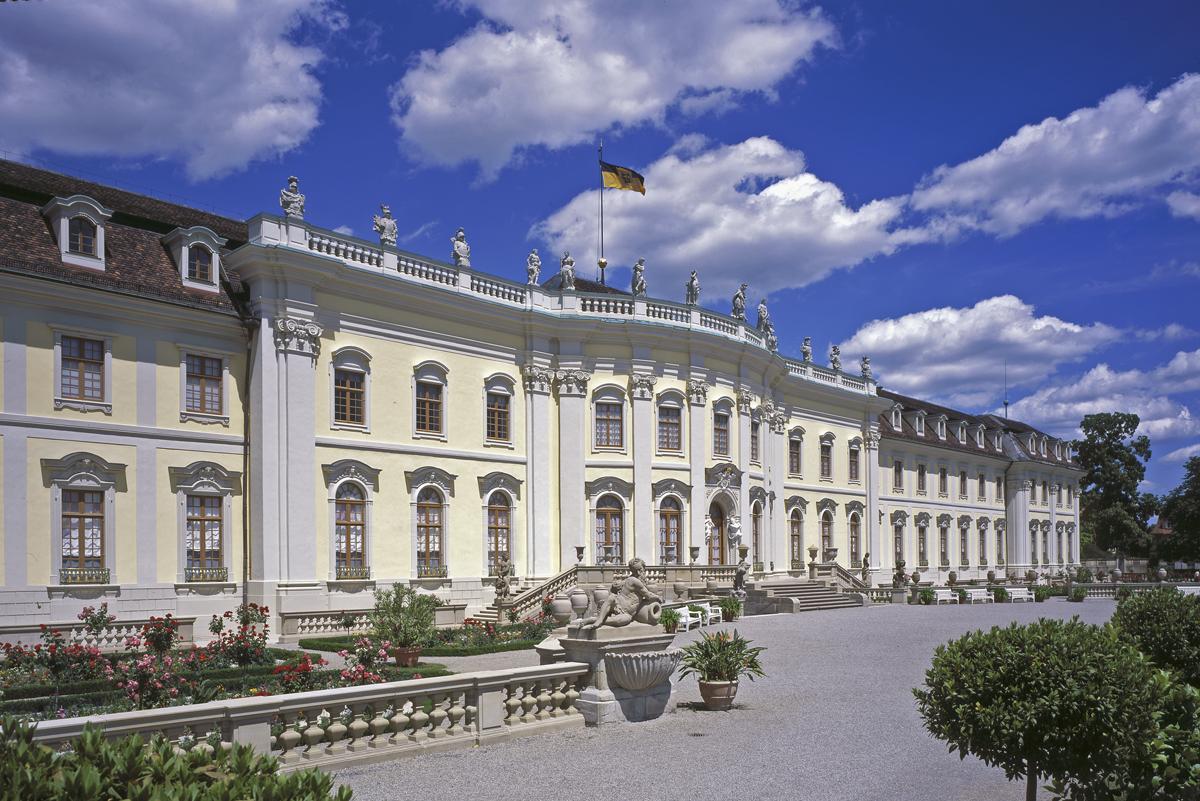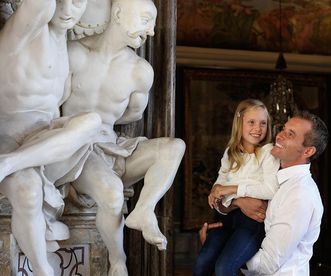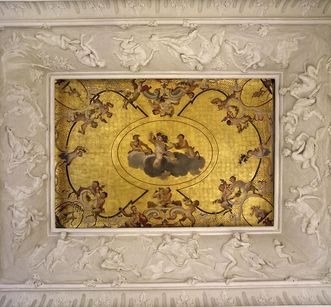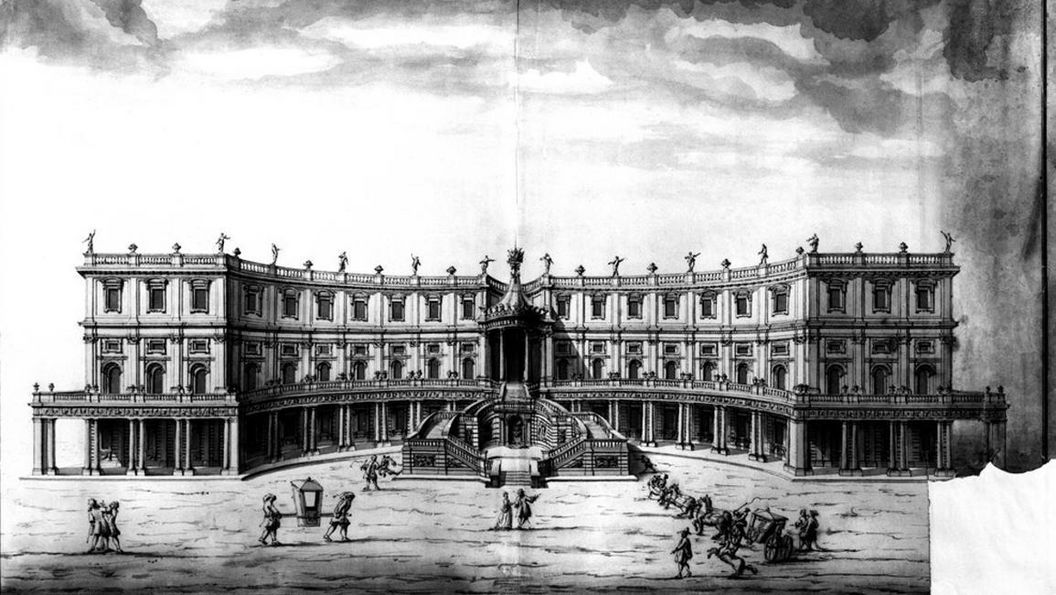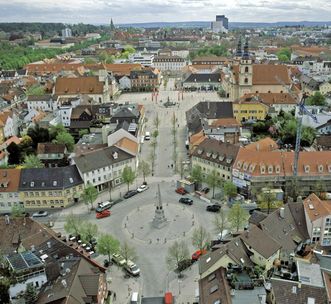Who was Donato Giuseppe Frisoni?
Donato Giuseppe Frisoni was from a family of artists in Upper Italy. After working as a stuccoist in Vienna, Passau and Prague, he was called to work on the Ludwigsburg palace construction site by building director Nette. The builder, Duke Eberhard Ludwig, valued the varied and fantastical stucco decor that Frisoni and his colleague, Tommaso Soldati, created in the old central building, the order building and the grand building.



